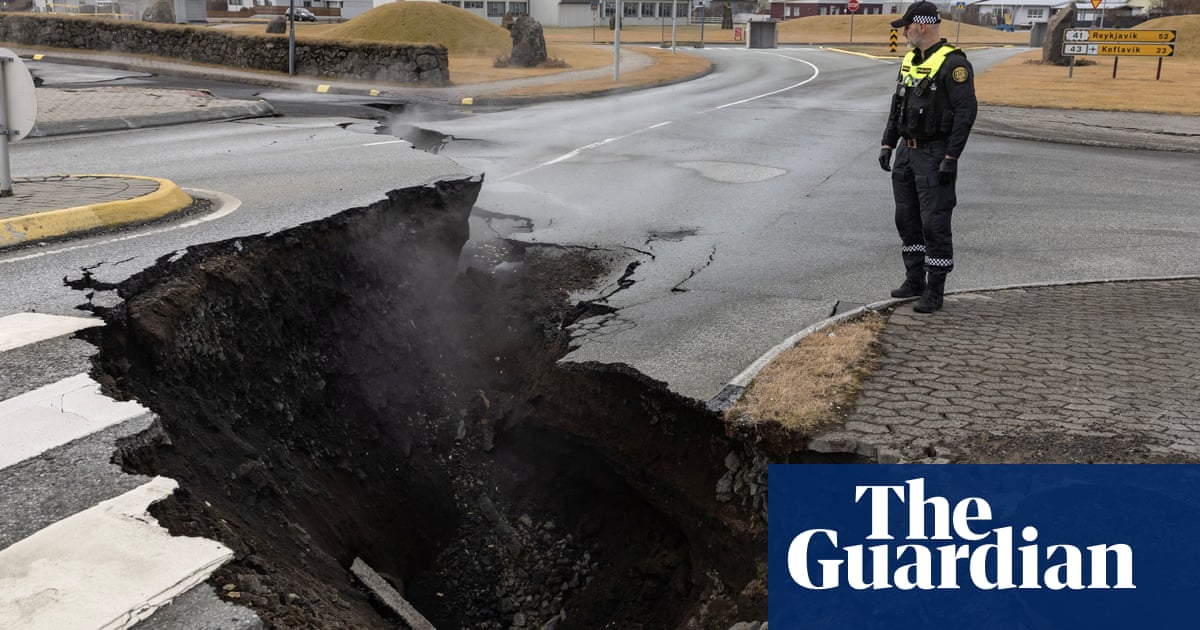
SYDNEY, Jan 18 (Reuters) - Here are five facts about Tonga and the impact of the underwater volcanic eruption on the South Pacific island group.
SIZE, LOCATION, CLIMATE
Tonga is a Polynesian archipelago of 176 islands, 36 of them inhabited, with a population of 104,494, situated southeast of Fiji and just west of the international dateline. Prior to the eruption, it covered an area of 747 square km (288 square miles). Its climate is tropical modified by trade winds.
EXTENT OF ERUPTION
Friday"s eruption of the Hunga Tonga-Hunga Ha"apai volcano was heard 2,300 km (1,430 miles) away in New Zealand and sent tsunami waves across the Pacific Ocean. The waves were up to 15 metres (50 feet) high when they hit the archipelago"s Ha’apia island group.
RECORD OF VOLCANIC ACTIVITY
The CIA"s World Factbook describes volcanic activity across the archipelago as "moderate".
Activity on Fonualei, an uninhabited island, has been frequent in recent years and on Niuafo"ou, the northernmost island whose last eruption was in 1985, it has forced evacuations. Other historically active volcanoes include Late and Tofua, according to the handbook.
Some volcanologists are likening the latest eruption to the 1991 Pinatubo eruption in the Philippines, the second-largest volcanic explosion of the 20th century, which killed around 800 people.
HISTORY
Tonga united into a Polynesian kingdom in 1845, becoming a
constitutional monarchy in 1875 and a British protectorate in 1900. It withdrew from the protectorate, joining the
Commonwealth in 1970.
ECONOMY
Tonga, a major fish exporter, is an upper middle-income Pacific island economy that relies hugely on remittances from its large diaspora, as well as tourism and agriculture, with growing Chinese infrastructure investment, according to the CIA World Factbook.











